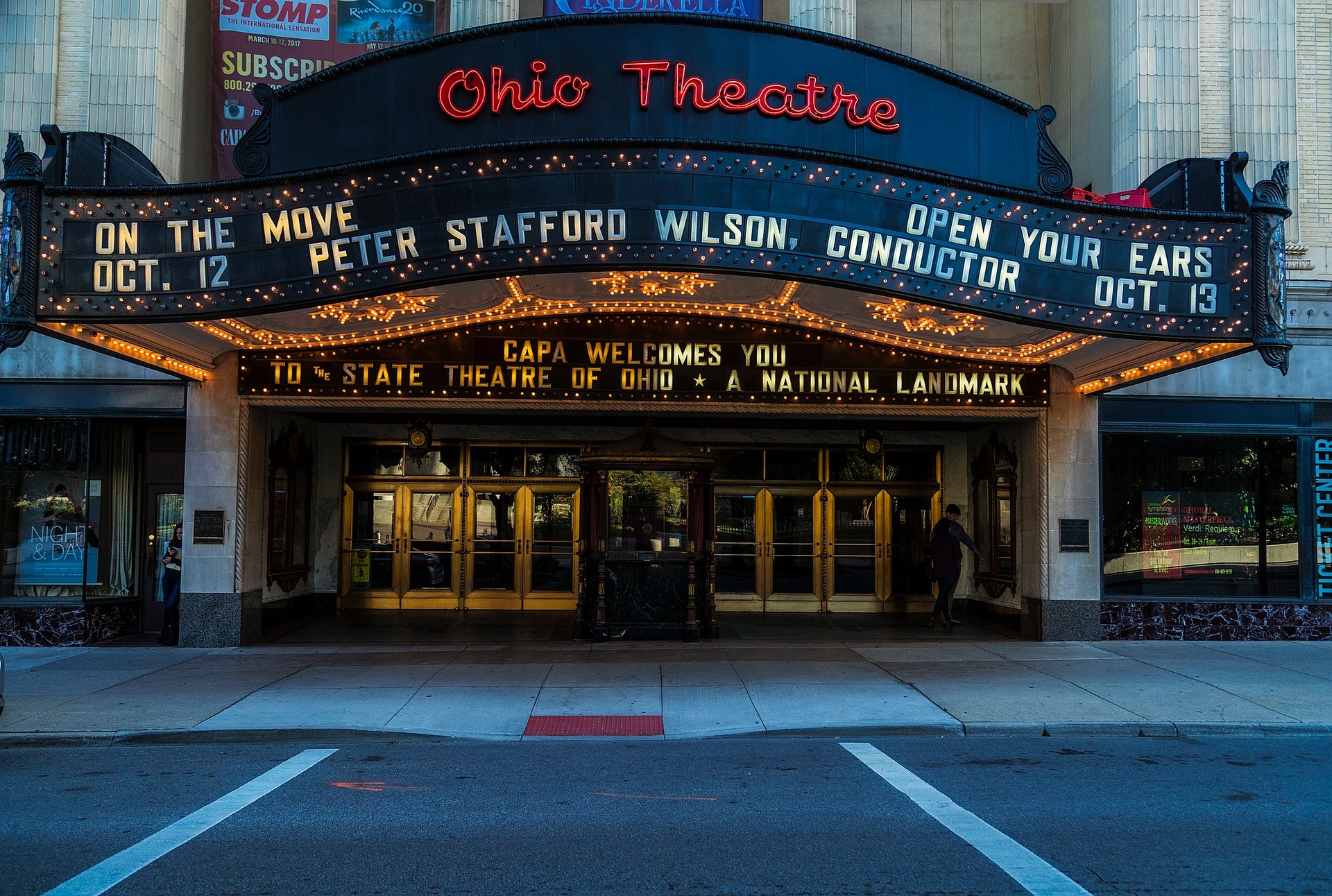Synthwave: A Nostalgic Journey Through 80s Pop Culture
With vibrant neon colors and a mesmerizing digital landscape, Synthwave has emerged as a compelling, nostalgia-driven artistic movement that has taken the music, fashion, and visual arts industry by storm. This article will take you on an exciting journey through the origins, growth, and impact of Synthwave, providing a fresh perspective on this retro-futuristic phenomenon.

Dawn of Synthwave: A Retro Revival
Synthwave, also known as Retrowave or Outrun, was born in the mid-2000s as an underground music genre inspired by 1980s film soundtracks and video games. It emerged as a nostalgic tribute, encapsulating the cultural aesthetic of the era, characterized by synthesizer-infused soundscapes and electronic beats. The genre was initially popularized by French musicians, notably Kavinsky and College, who crafted a unique sound that combined modern electronic elements with vintage 80s vibes.
Synthwave’s Rise to Popularity
The breakout moment for Synthwave came in 2011 with the release of the film “Drive,” which featured Kavinsky’s song “Nightcall” in its soundtrack. The genre’s popularity continued to soar with the advent of streaming platforms, making it accessible to a broader audience. Today, Synthwave is not just confined to music but has permeated various facets of pop culture, from fashion and graphic design to film and video games.
The Visual Aesthetic: Neon and Nostalgia
Synthwave’s visual aesthetic is as distinctive as its sound - a vibrant blend of neon colors, futuristic landscapes, and 80s iconography. This aesthetic, often seen in album covers, posters, and music videos, has shaped a unique visual language that resonates with nostalgia while simultaneously evoking a sense of futuristic dystopia. This paradoxical blend of past and future gives Synthwave its unique appeal, setting it apart from other artistic movements.
Synthwave in Contemporary Media
Synthwave’s influence is evident in many aspects of contemporary media. The genre’s retro-futuristic aesthetic and sound have been incorporated in various popular TV shows and films, such as “Stranger Things” and “Blade Runner 2049.” Furthermore, Synthwave has seen a significant surge in the gaming industry, with games like “Far Cry 3: Blood Dragon” and “Hotline Miami” featuring Synthwave-inspired soundtracks and visuals.
The Impact and Reception of Synthwave
Synthwave has not only redefined the music and visual arts industry but also created a subculture that pays homage to the 80s. Its nostalgic appeal has resonated with both older audiences who lived through the 80s and younger generations attracted to its retro charm. This widespread reception underscores Synthwave’s significant cultural impact, showcasing the enduring allure of nostalgia in a rapidly evolving digital age.
Conclusion
Synthwave, with its unique blend of nostalgia and futurism, has carved out a distinct niche in the arts and entertainment industry. As we continue to navigate the digital age, the genre serves as a fascinating reflection of our collective fascination with the past, even as we hurtle towards the future. Whether it’s through music, visuals, or pop culture, Synthwave continues to offer a captivating, neon-tinted perspective on our cultural landscape.




